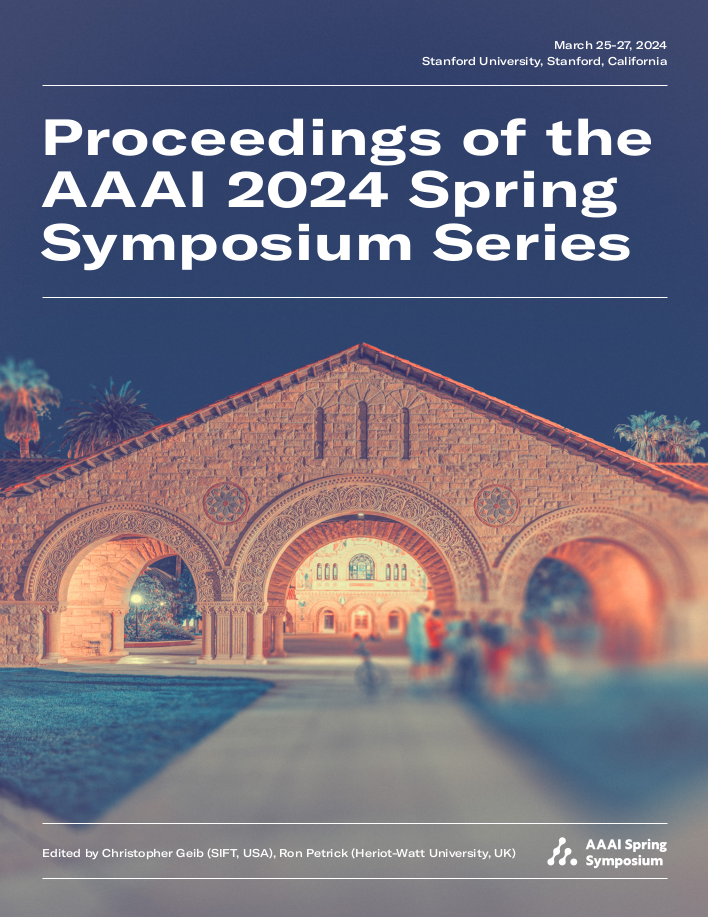Decomposed Inductive Procedure Learning: Learning Academic Tasks with Human-Like Data Efficiency
DOI:
https://doi.org/10.1609/aaaiss.v3i1.31289Keywords:
Data-efficient Learning, Simulated Learners, Interactive Task LearningAbstract
Human brains have many differently functioning regions which play specialized roles in learning. By contrast, methods for training artificial neural networks, such as reinforcement-learning, typically learn exclusively via a single mechanism: gradient descent. This raises the question: might human learners’ advantage in learning efficiency over deep-learning be attributed to the interplay between multiple specialized mechanisms of learning? In this work we review a series of simulated learner systems which have been built with the aim of modeling human student’s inductive learning as they practice STEM procedural tasks. By comparison to modern deep-learning based methods which train on thousands to millions of examples to acquire passing performance capabilities, these simulated learners match human performance curves---achieving passing levels of performance within about a dozen practice opportunities. We investigate this impressive learning efficiency via an ablation analysis. Beginning with end-to-end reinforcement learning (1-mechanism), we decompose learning systems incrementally to construct the 3-mechanism inductive learning characteristic of prior simulated learners such as Sierra, SimStudent and the Apprentice Learner Architecture. Our analysis shows that learning decomposition plays a significant role in achieving data-efficient learning on par with human learners---a greater role even than simple distinctions between symbolic/subsymbolic learning. Finally we highlight how this breakdown in learning mechanisms can flexibly incorporate diverse forms of natural language and interface grounded instruction, and discuss opportunities for using these flexible learning capabilities in interactive task learning systems that learn directly from a user’s natural instruction.Downloads
Published
2024-05-20
Issue
Section
Symposium on Human-Like Learning

